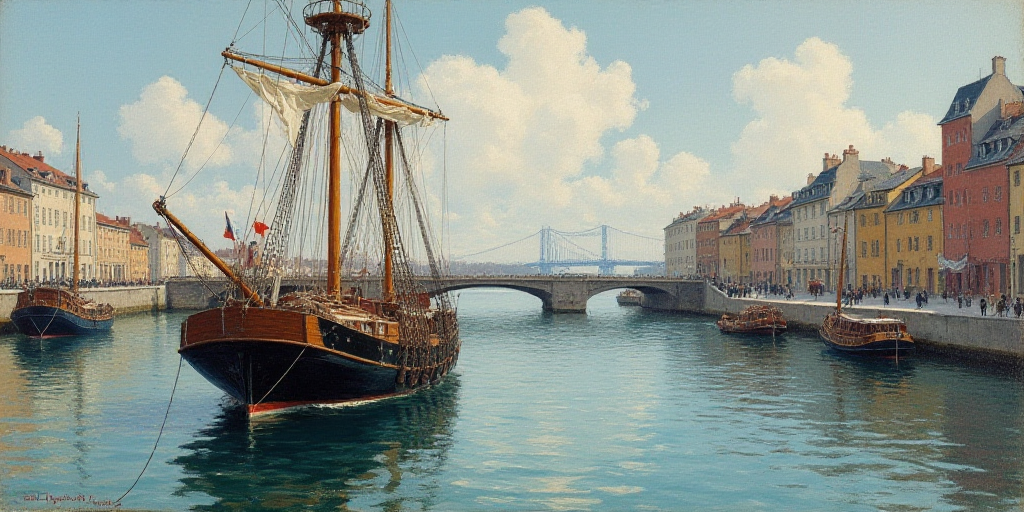Exhibition Highlights Impressionism’s Challenge to Academic Norms and Influence on Modern Art
The “Impressionist Revolution: From Monet to Matisse” exhibition from the Dallas Museum of Art is in its final weeks at the Fine Arts Museum. Organizers aim to ensure as many people as possible can enjoy this collection of works.
Exhibition Context and Relevance
This exhibition coincides with the 150th anniversary of the first Impressionist exhibition in 1874. The Dallas Museum of Art (DMA) revived this exhibition, which was showcased last year at their venue. Now, Mexico is hosting the event.
Access and Ticket Information
- Ticket Sales: Available exclusively at the museum box office on the day of your visit.
- Ticket Prices: $95 pesos from Tuesday to Saturday.
- Free Admission: Teachers and students with valid ID, adults aged 65 and over, people with disabilities, retirees, pensioners, children under 13, and ICOM members.
- Sundays: Free entry for both national and international visitors.
- Saturday and Sunday Closing Time: Last entry at 17:00 hrs.
Key Figures and Their Impact
Claude Monet and Henri Matisse are central figures in this exhibition, representing the Impressionist movement that defied academic conventions and reshaped modern painting. The exhibition links artistic evolution with the social, scientific, and technological transformations of the 19th century. It also examines Impressionism’s influence on 20th-century art and the impact of technological advancements, such as photography and synthetic pigments, on contemporary art.
Historical Significance
The Impressionist movement emerged in the late 19th century as a reaction against the rigid rules of academic painting. Artists like Monet and Renoir sought to capture fleeting moments and natural light, often painting en plein air (outdoors). This shift in approach challenged the established norms and paved the way for modern art.
Monet’s Influence
Claude Monet, a leading figure of Impressionism, is renowned for his series paintings, such as the “Water Lilies” and “Haystacks.” His innovative techniques and subject matter significantly influenced subsequent art movements, including Post-Impressionism and early Abstract art.
Matisse’s Legacy
Henri Matisse, a prominent figure in the Fauvist movement, is celebrated for his expressive use of color and distinctive figures. His work laid the groundwork for the development of modern art, inspiring movements like Abstract Expressionism and Color Field painting.
Key Questions and Answers
- What is the exhibition about? The “Impressionist Revolution: From Monet to Matisse” exhibition explores the origins of Impressionism as a movement that challenged academic norms and redefined modern painting. It connects artistic evolution with 19th-century social, scientific, and technological transformations and examines Impressionism’s influence on 20th-century art and the impact of technological advancements.
- Who are Claude Monet and Henri Matisse? Claude Monet and Henri Matisse are central figures in the Impressionist movement. Monet is known for his series paintings, such as “Water Lilies” and “Haystacks.” Matisse is celebrated for his expressive use of color and distinctive figures, inspiring movements like Abstract Expressionism.
- What is the significance of this exhibition? This exhibition highlights the Impressionist movement’s challenge to academic norms and its lasting impact on modern art. It also explores how technological advancements, such as photography and synthetic pigments, influenced art during the 19th century.






